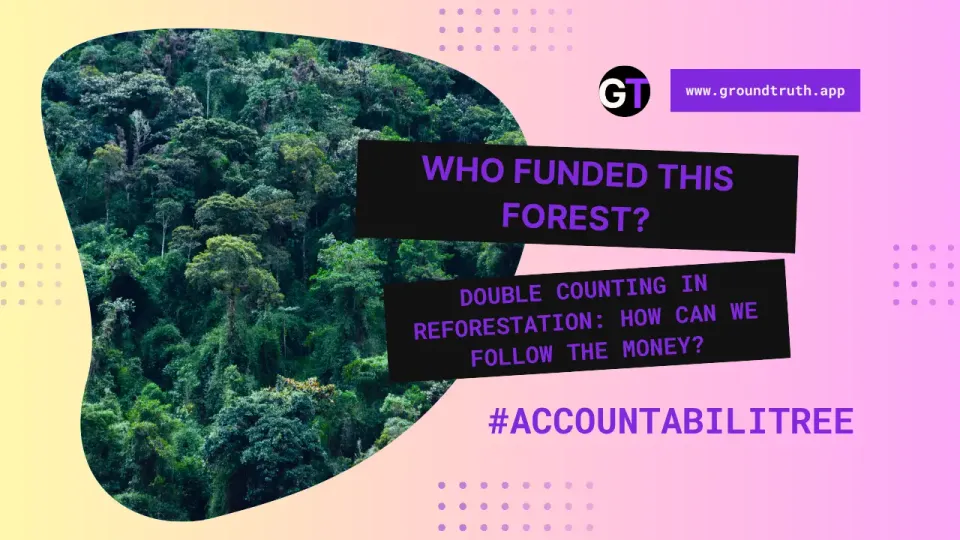How Plantation Forests Are Changing Ethiopia’s Highlands🇪🇹
With smarter data, Ethiopia could cultivate not just forests, but a thriving, resilient landscape.

Trade-offs Between Fast Growth and Biodiversity 🌲
In Ethiopia’s rugged northwestern Highlands, forests of Acacia decurrens are popping up like never before, promising a much-needed boost to local communities. These fast-growing tree stands are aimed at fighting soil erosion, enriching the land, and injecting some economic vigor into the region. But before we break out the celebratory shovels, there’s a reality check: can these plantations really match the rich, multi-layered benefits of diverse, natural ecosystems? A new study by Alemayehu et. al. (2024) dives into this.
Weighing Benefits for People and Planet 🌱
Ethiopia’s highland communities are in a bind, squeezed by years of deforestation, relentless farming, and severe soil erosion that’s left the land exhausted and local incomes struggling. Plantation forests promise a lifeline by preventing further erosion and creating fresh economic pathways through timber and charcoal. However, Acacia decurrens plantations don’t come without strings attached. This is monoculture, after all, and while they’re undeniably productive, these plantations are no substitute for the resilience and biodiversity of native ecosystems. It’s a bit like building a single-lane bridge over a river that once had a complex set of connections—it does the job, but only in one narrow way.
🌍 The Landscape Shift: Gains, Losses, and Ecosystem Services 🌄
Since 1985, Ethiopia’s highlands have seen a serious transformation. Wetlands, once covering over 14% of the area, now account for less than 2%, and natural habitats are increasingly being replaced by croplands and plantations. Fast-forward to today: Acacia decurrens plantations now cover 28% of the land, providing $17 million in ecosystem service value, largely through soil stabilization and income from wood products. But zoom out, and you see the bigger picture isn’t quite as rosy. The total ecosystem service value in the region has plummeted from $219 million in 1985 to $39 million in 2020, thanks to the loss of richly diverse landscapes that supported everything from wildlife habitats to water regulation. While these plantations address urgent needs, they’re like a one-hit wonder in terms of benefits, falling short of what natural ecosystems once provided.
📊 Data Gaps: A Clearer Picture of Plantation Impact Could Change Everything 🌱
This study sheds light on plantation forestry’s potential, but patchy data leaves us with an incomplete story. For example, researchers used Landsat images to track land cover changes, but resolution issues—especially around 2010—blurred some of the details. More precise satellite imagery could sharpen this picture, revealing subtle shifts in land use and offering better estimates for ecosystem service values over time.
Then there’s the question of valuation. Current ecosystem service values don’t distinguish between the contributions of natural forests and plantations, even though Acacia decurrens plantations interact differently with water, soil, and wildlife than native forests do. Custom ESV values based on specific field measurements for plantations could give researchers and policymakers alike a clearer understanding of the trade-offs. This data would allow Ethiopia’s leaders to make more informed decisions on balancing economic benefits with ecological resilience, especially as plantation forestry expands. It might take some extra funding and fieldwork, but the payoff could be invaluable: a roadmap for sustainable land use that works for both people and the planet.
With smarter data, Ethiopia could cultivate not just forests, but a thriving, resilient landscape—one that doesn’t have to choose between economic gain and ecological balance. Now, that’s a seed worth planting.
Source 📚
Alemayehu, B., Suarez-Minguez, J., & Rosette, J. (2024). The implications of plantation forest-driven land use/land cover changes for ecosystem service values in the northwestern Highlands of Ethiopia. Remote Sensing, 16(4159). Retrieved from https://www.mdpi.com/2072-4292/16/22/4159.




